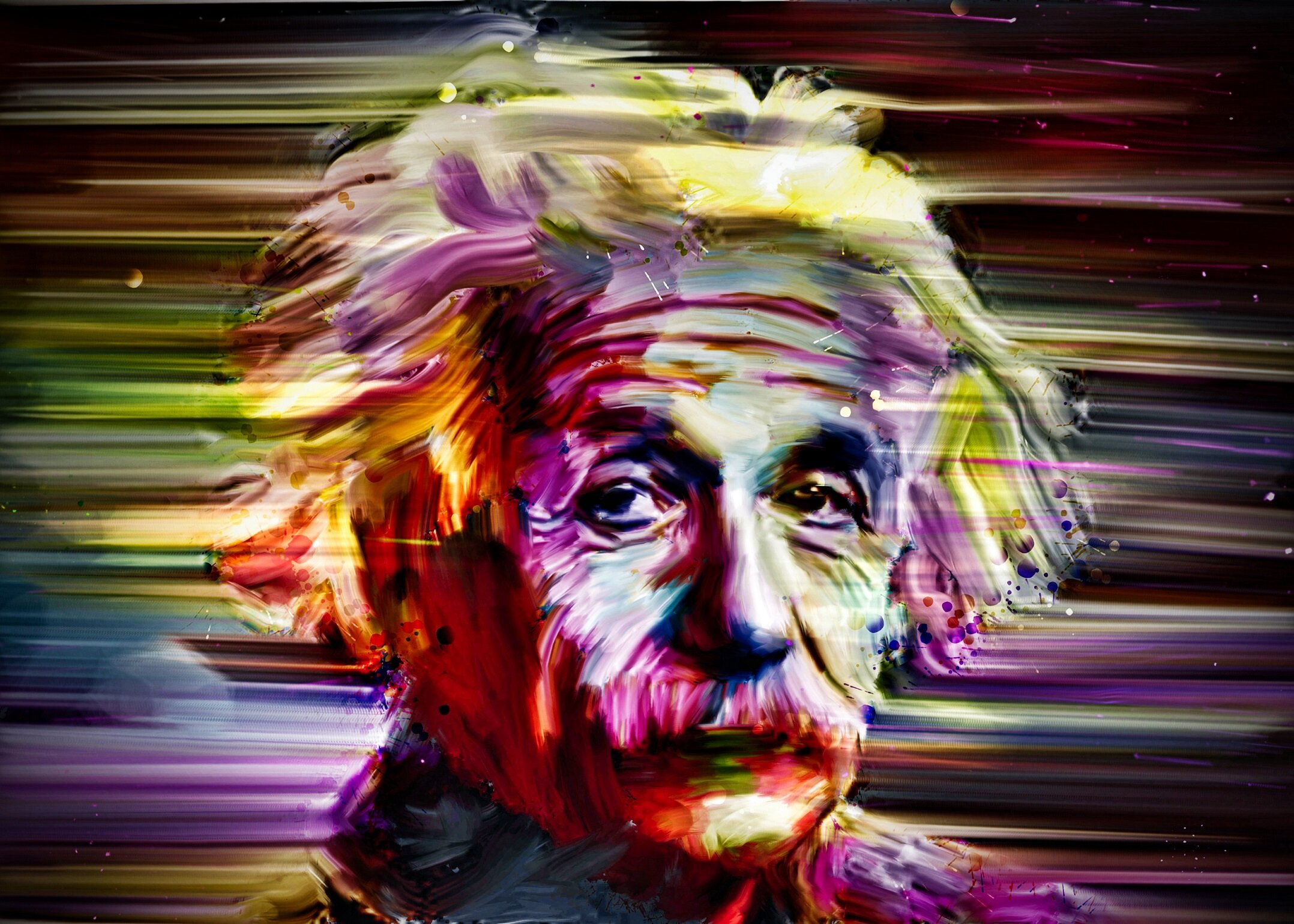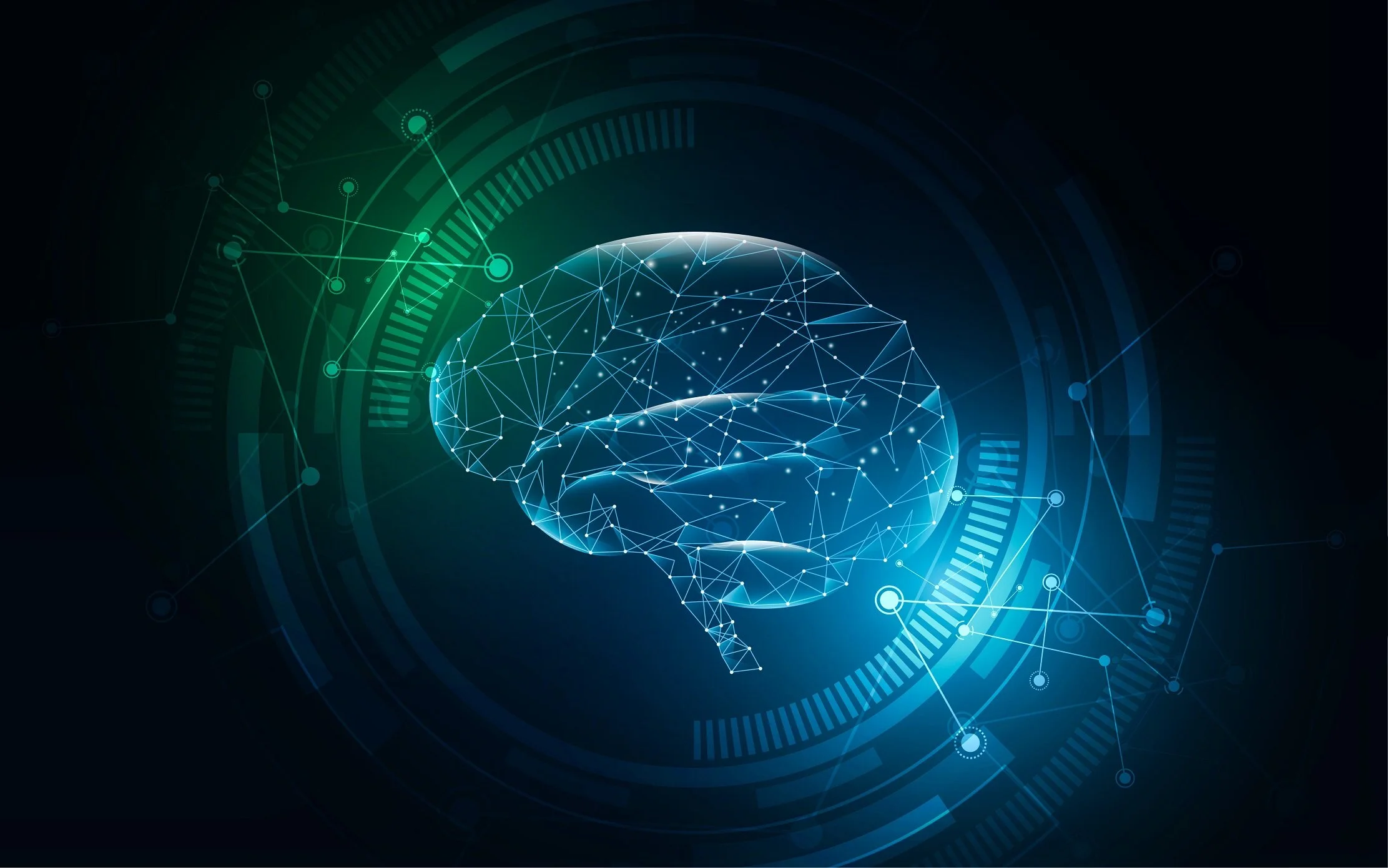By David Lyth - Professor Emeritus of Physics, Lancaster University
Struggle to understand modern physics? Blame Einstein - Image Credit: Muhammad suryanto via Shutterstock - HDR tune by Universal-Sci
Gravity ties our bodies to planet Earth but it does not define the limits of the soaring human mind. In November 1915 – slightly more than one century ago – this was proven to be true when Albert Einstein, in a series of lectures at the Prussian Academy of Sciences, presented a theory that would revolutionise how we view gravity – and physics itself.
For two centuries, Newton’s remarkably simple and elegant theory of universal gravitation had seemed to explain the matter well. But, as is increasingly true for physics, simple just doesn’t cut it anymore.
Einstein’s starting point for general relativity was his theory of special relativity, published in 1905. This explained how to formulate the laws of physics in the absence of gravity. At the centre of both theories is a description of space and time that is different from the one that common sense would suggest.
The theories explain how to interpret motion between different places that are moving at constant speeds relative to each other – rather than relative to some sort of absolute ether (as Newton had assumed). While the laws of physics are universal, it says, different viewers will see the timing of events differently depending on how fast they are travelling. An event that would seem to take 1000 years when viewed from Earth may seem to take just a second for someone in a spacecraft travelling at great speed.
At the centre of Einstein’s theories is the fact that the speed of light is independent of the motion of the observer who is measuring the speed. This is strange, because common sense suggests that if you sit in your car alongside a railroad track, a train passing by will seem to be moving much faster than if you followed it in the same direction. However, if you instead sit and watch a light beam go by, it would move equally fast regardless of whether you were following it or not – a clear indication that something is wrong with common sense.
Einstein’s special and general relativity.
The implication of this theory is that we need to give up the idea that there is a universal time, and accept that the time registered by a clock depends on its trajectory as it moves through the universe. This also means that time passes more slowly when you’re going fast, meaning a twin going to space will age more slowly than their sibling back on Earth. This “twin paradox” may seem like a mathematical quirk but it was actually experimentally verified in 1971 in an experiment taking atomic clocks on commercial flights.
Special relativity works only for inertial frames moving relative to one another if they are moving at constant speed – it cannot describe what happens if they are accelerating. Einstein wondered how to expand it to include such acceleration and allow for gravity, which causes acceleration and is, after all, everywhere.
He realised that the effect of gravity disappears if one doesn’t try to overcome it. He imagined people in an elevator whose cable had broken in free fall and worked out that since the objects would either float motionless or at constant speed, the people wouldn’t feel gravity. But nowadays we know this is true as we have seen it ourselves in people at the international space station. In both cases there are no forces counteracting the effect of gravity and the people experience no gravity.
Curved spacetime - Image Credit: Rost9 via Shutterstock - HDR tune by Unviersal-Sci
Einstein also realised that the effect of gravity is the same as the effect of acceleration; driving off at high speed pushes us backward, just as if gravity were pulling us. These two clues led Einstein to general relativity. Whereas Newton had seen gravity as a force propagated between bodies, Einstein described is as pseudo force experienced because the entire interwoven fabric of space and time bends around a massive object.
Einstein himself said his path was far from easy. He wrote that “in all my life I have not laboured nearly so hard, and I have become imbued with great respect for mathematics, the subtler part of which I had in my simple-mindedness regarded as pure luxury until now.”
The evidence
As soon as Einstein discovered general relativity, he realised that it explains the failure of Newton’s theory to account for the orbit of Mercury. The orbit is not quite circular which means that there is a point at which it is closest to the sun. Newton’s theory predicts that this point is fixed, but observation shows that it slowly rotates around the sun and Einstein found that general relativity correctly describes the rotation.
Einstein’s general relativity
“I was beside myself with joyous excitement,” he wrote a few months later. Since then, general relativity has passed many observational tests with flying colours.
You are using general relativity whenever you invoke the GPS system to find out your position on the Earth’s surface. That system emits radio signals from 24 satellites and the GPS receiver in your phone or car analyses three or more of these signals to figure out your position using general relativity. If you had used Newton’s theory, the GPS system would have given the wrong position.
But while general relativity works well to describe the physical world on large scales, quantum mechanics has emerged as the most successful theory for tiny particles such as those making up an atom. Just like the theories of relativity, quantum mechanics is counter intuitive. Whether it is possible to unite the two remains to be seen but it is unlikely to reintroduce common sense into physics.
Source: The Conversation
Featured Health, Mind & Brain articles:



















